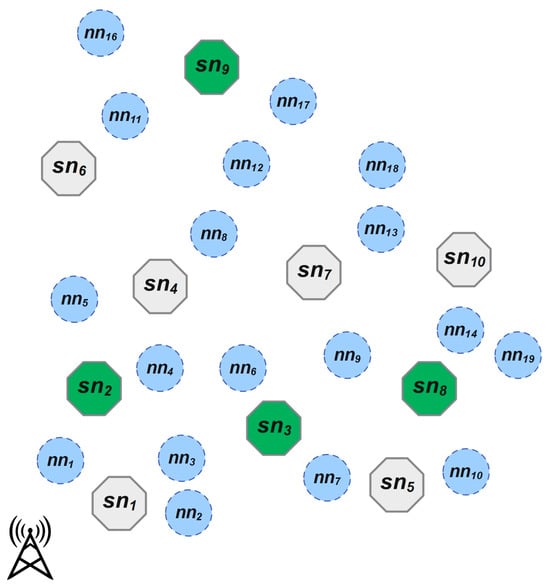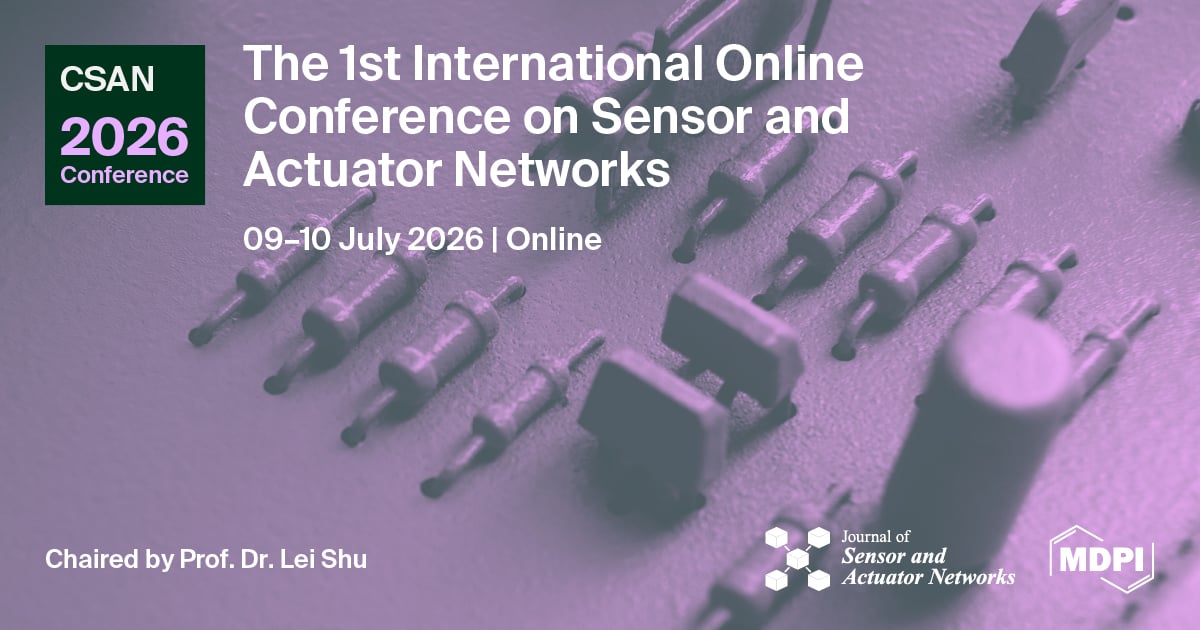and use cases, more IoT connections, and the distributed 5G system architecture. Existing
security frameworks often lack the ability to perform real-time, context-aware risk
assessments that are specifically [...] Read more.
and use cases, more IoT connections, and the distributed 5G system architecture. Existing
security frameworks often lack the ability to perform real-time, context-aware risk
assessments that are specifically adapted to dynamic 5G environments. In this paper, we
present an integrated framework that combines Snort intrusion detection with a risk and
impact assessment model to evaluate threats in real time. By correlating intrusion alerts
with contextual risk metrics tied to 5G core functions, the framework prioritizes incidents
and supports timely mitigation. Evaluation in a controlled testbed shows the framework’s
stability, scalability, and effective risk classification, thereby strengthening cybersecurity for
next-generation networks. Full article

































